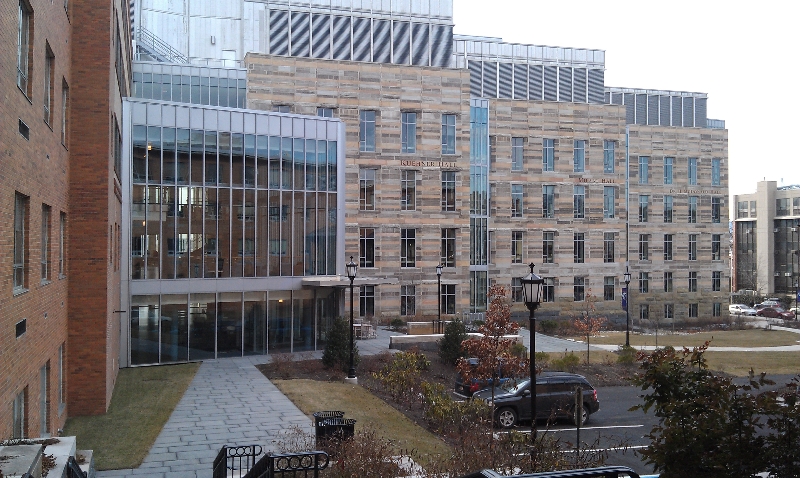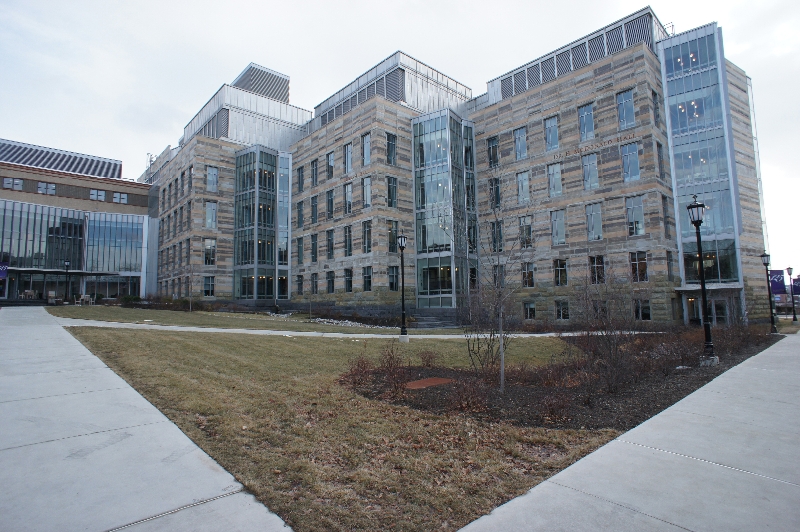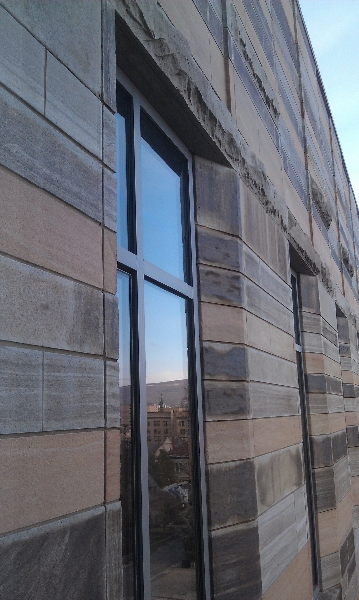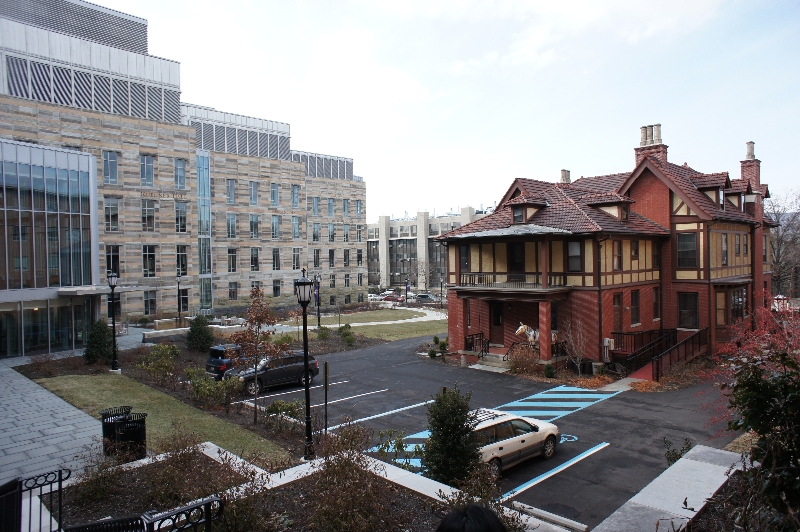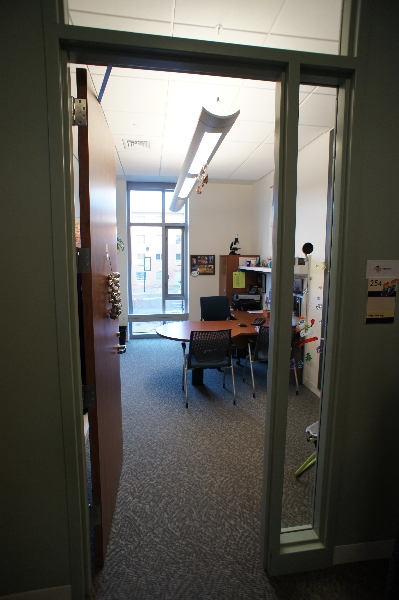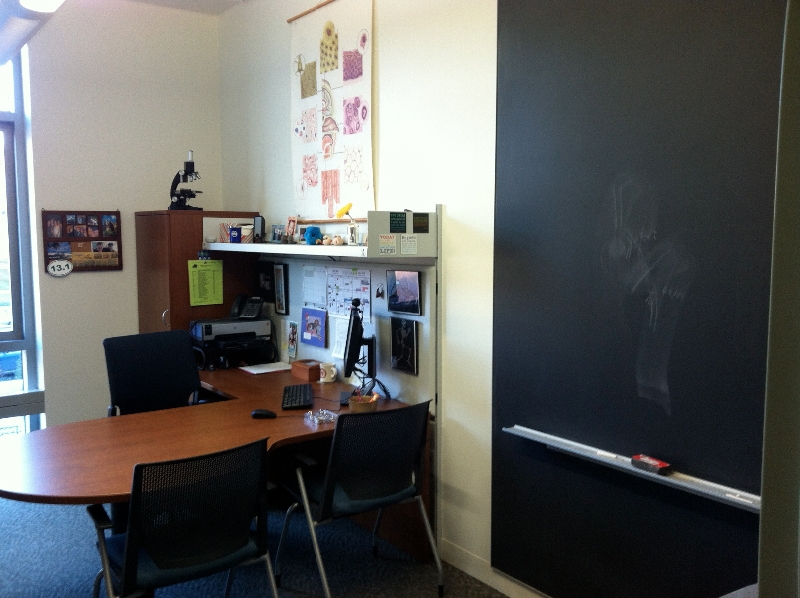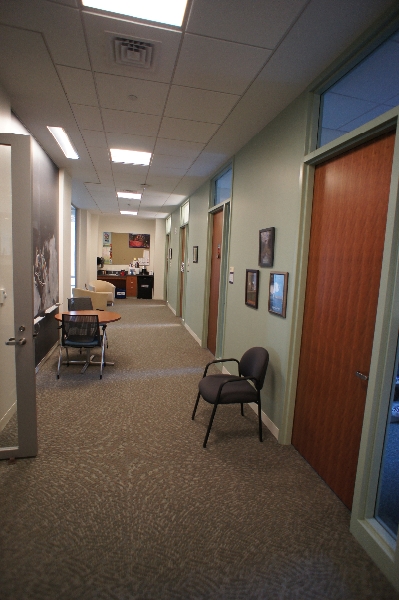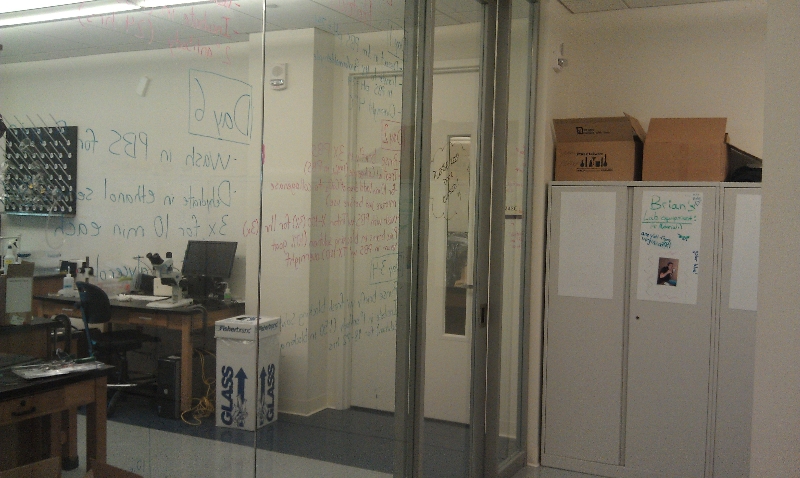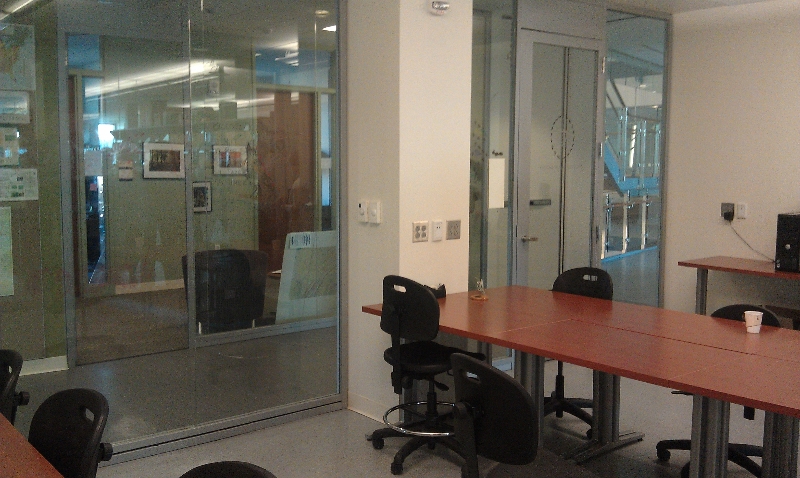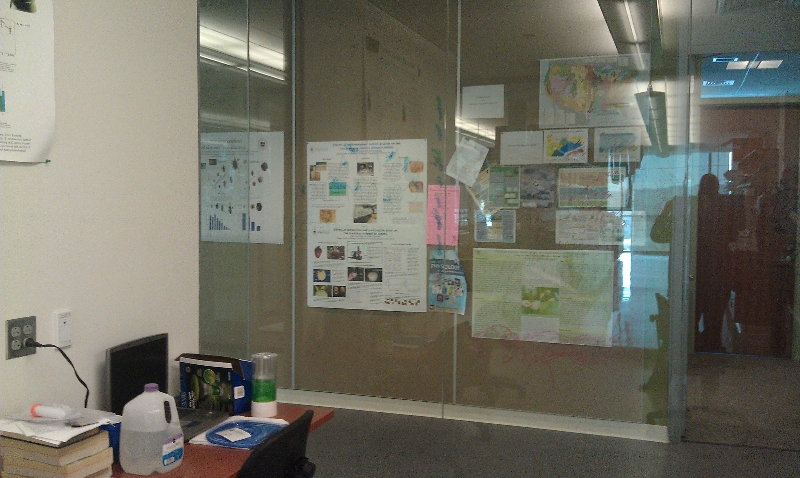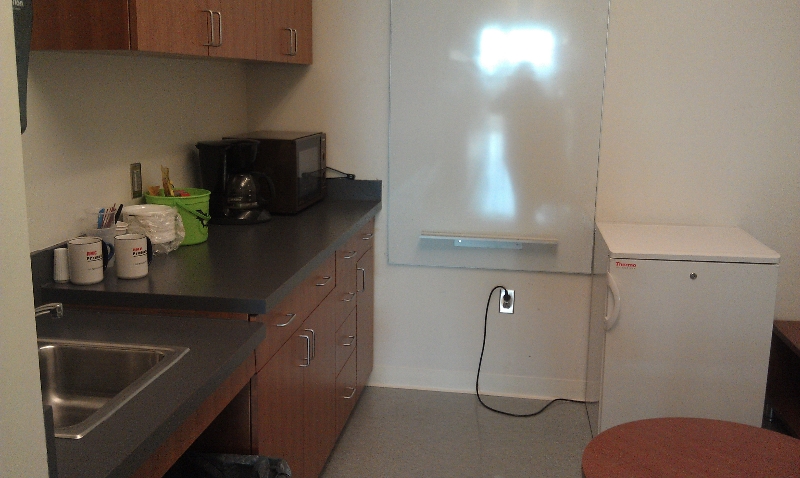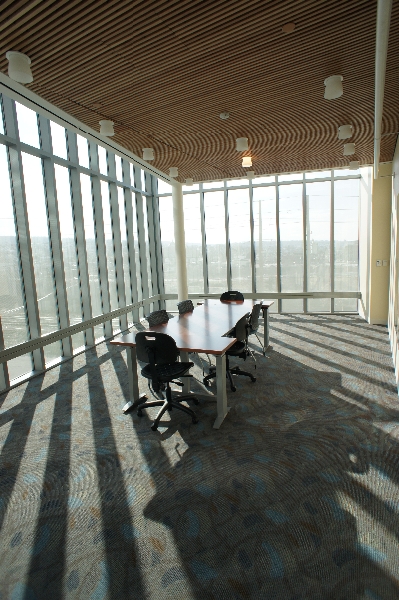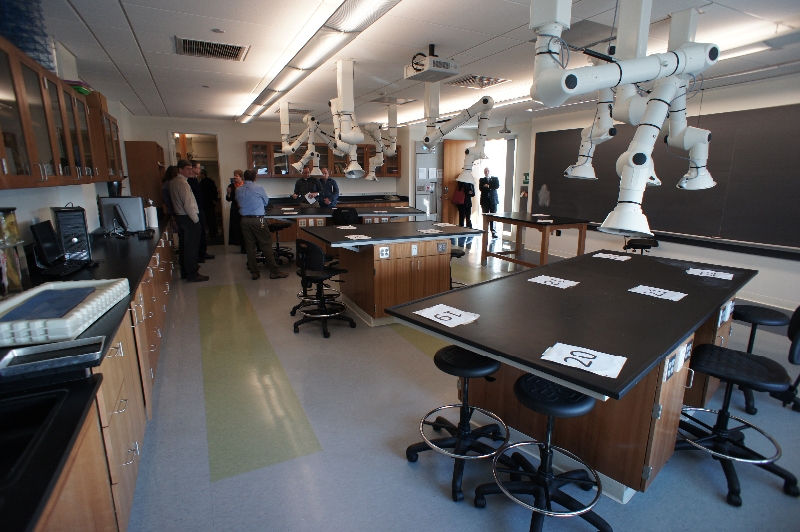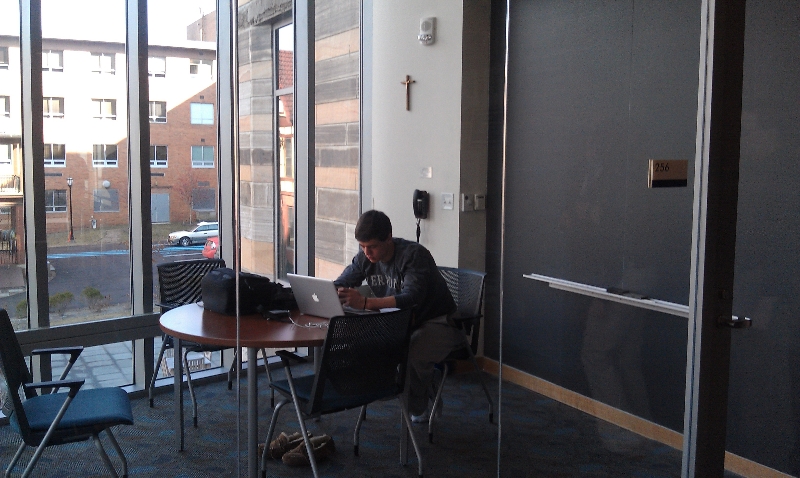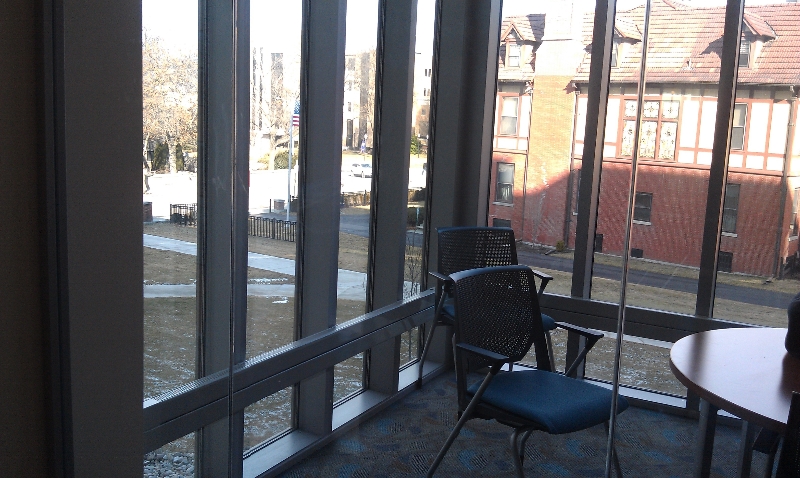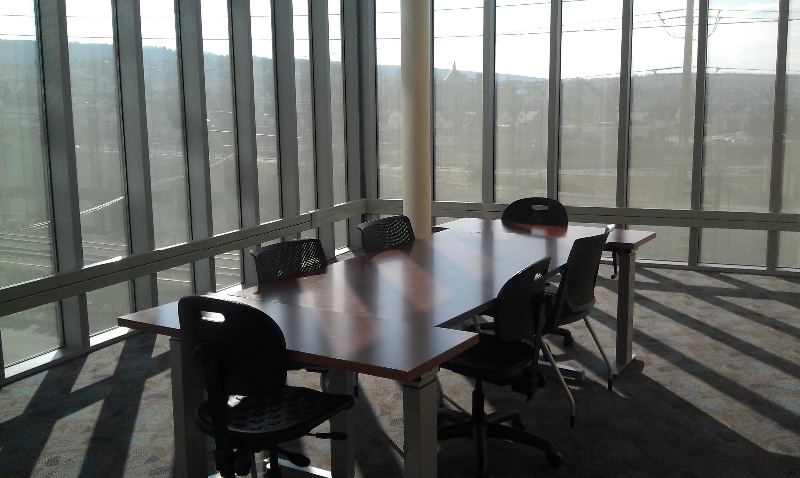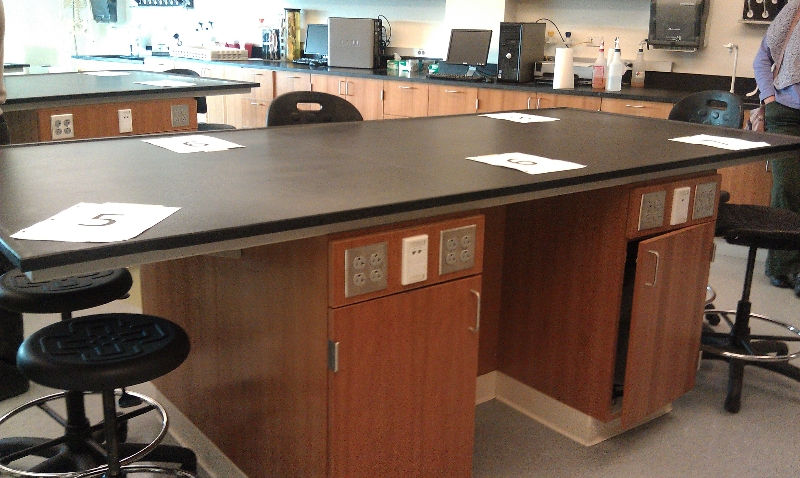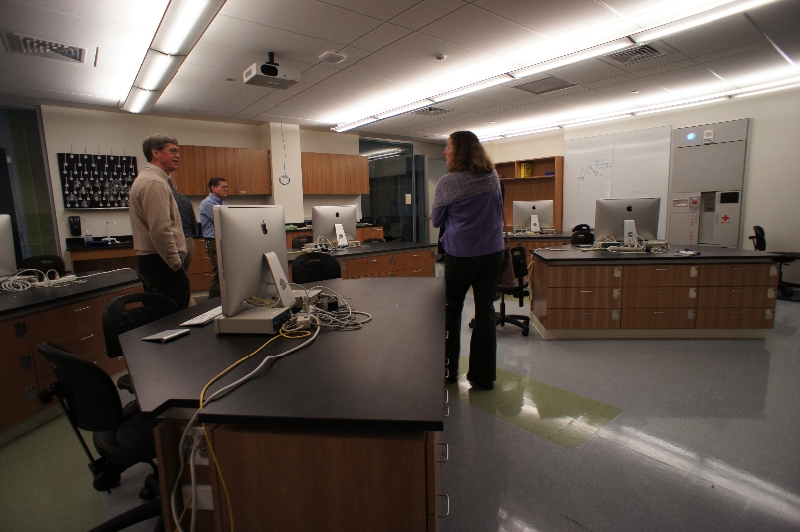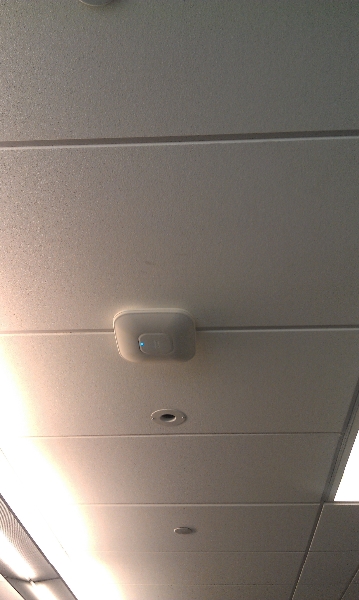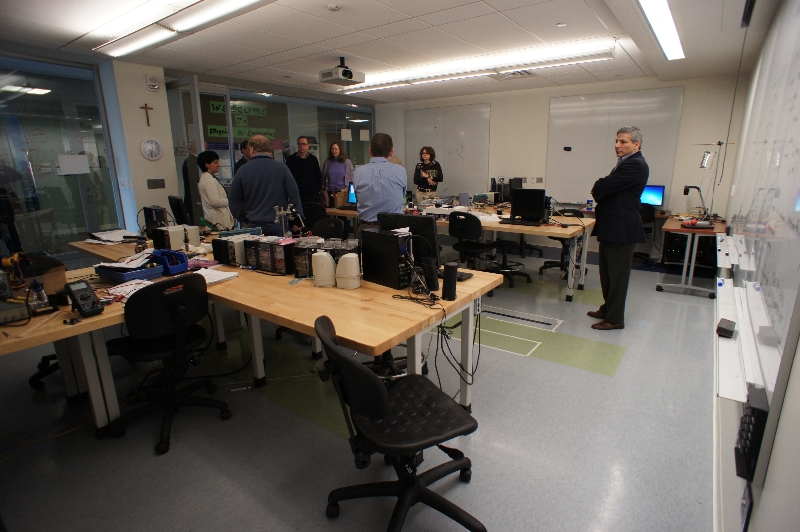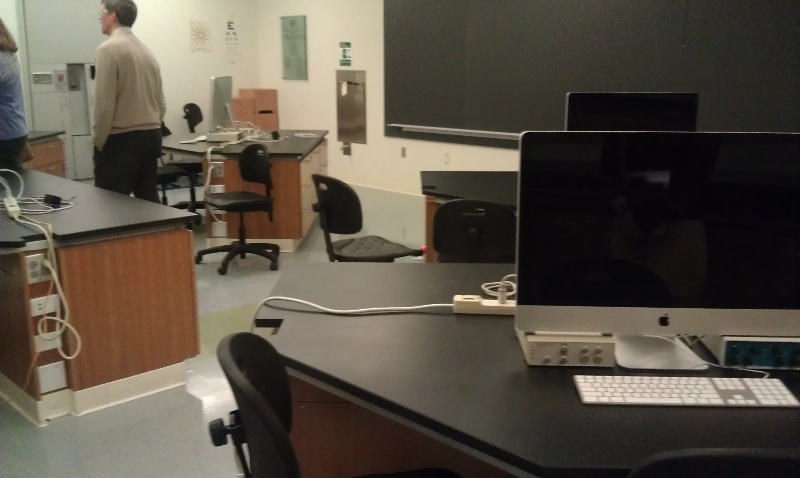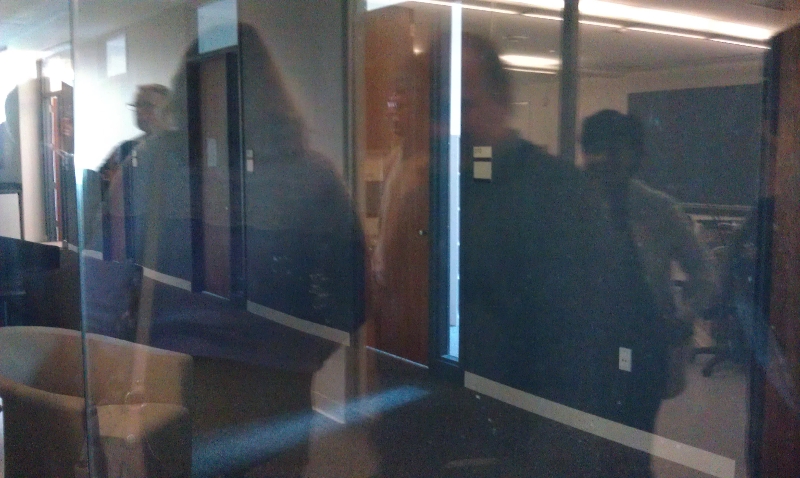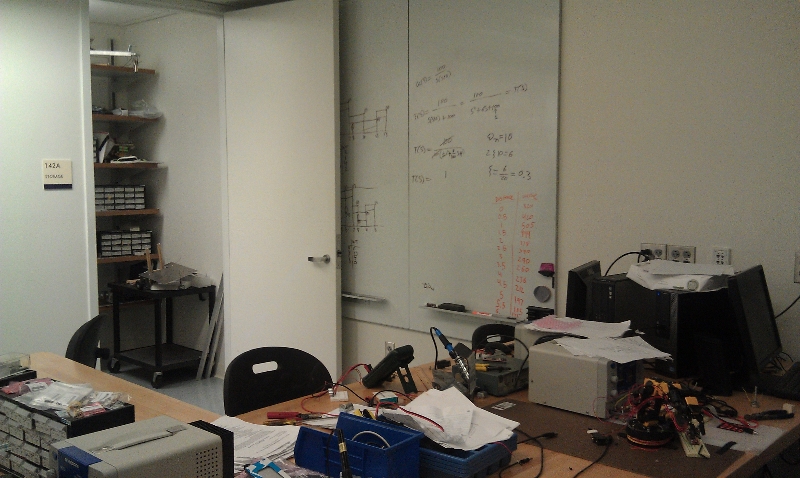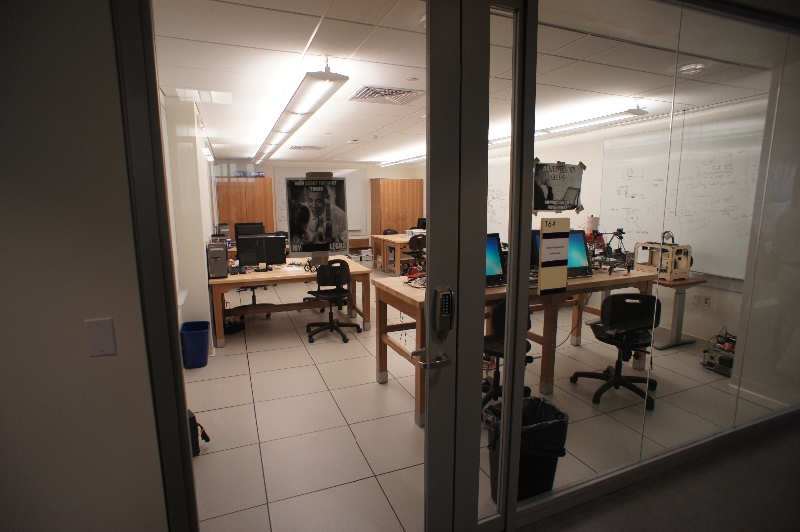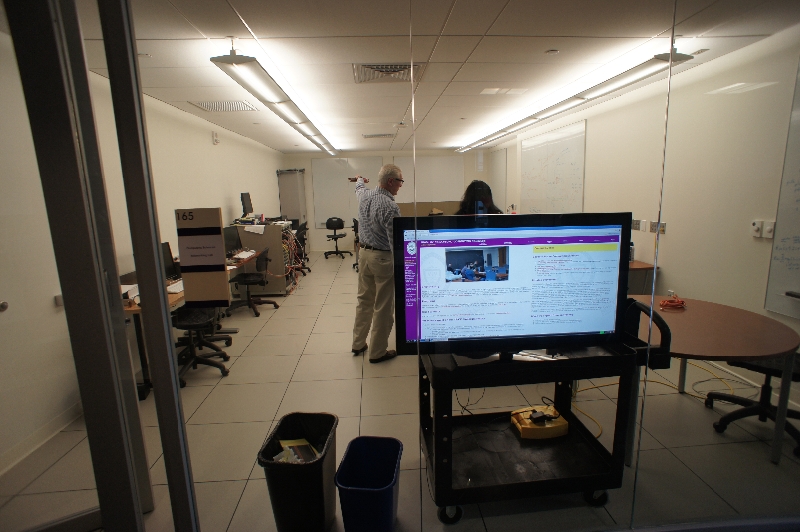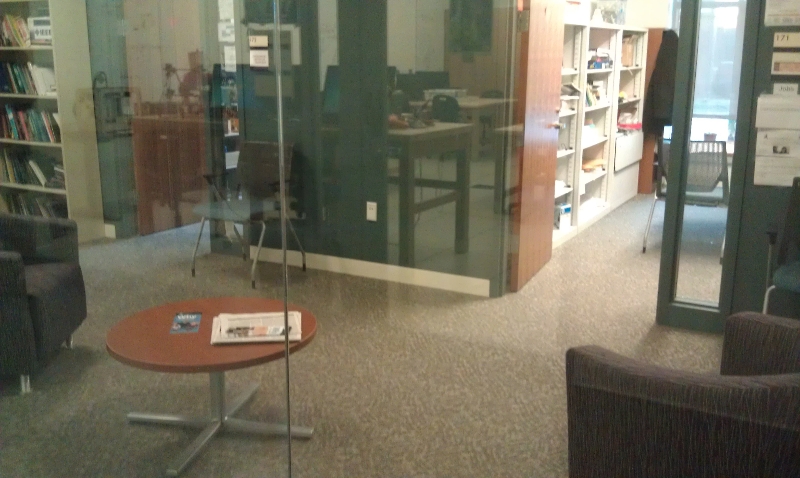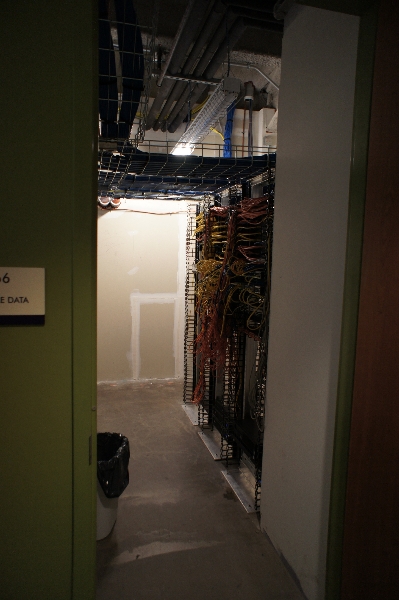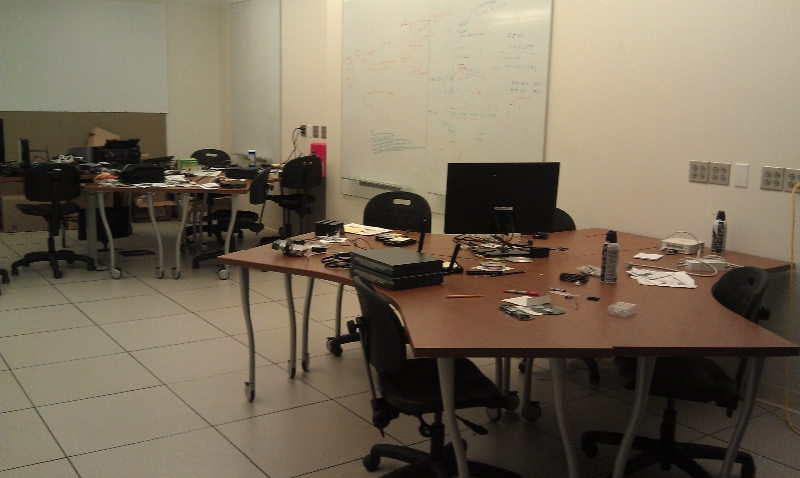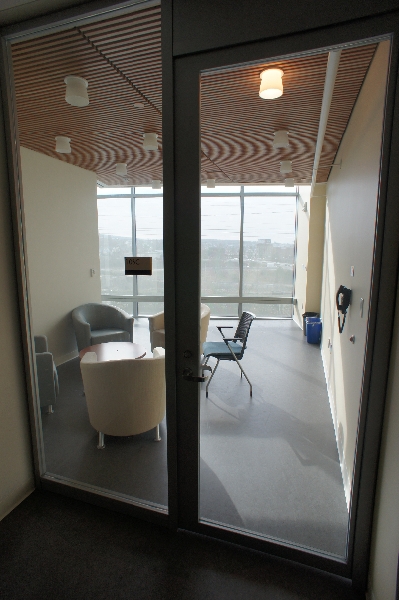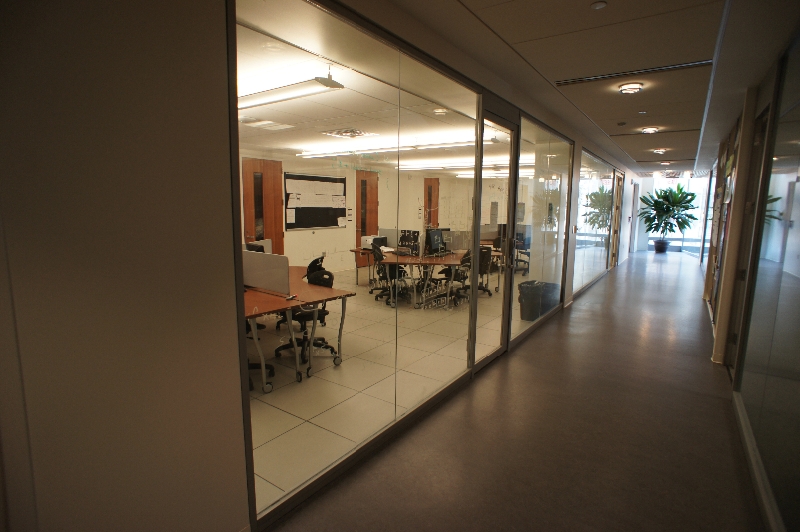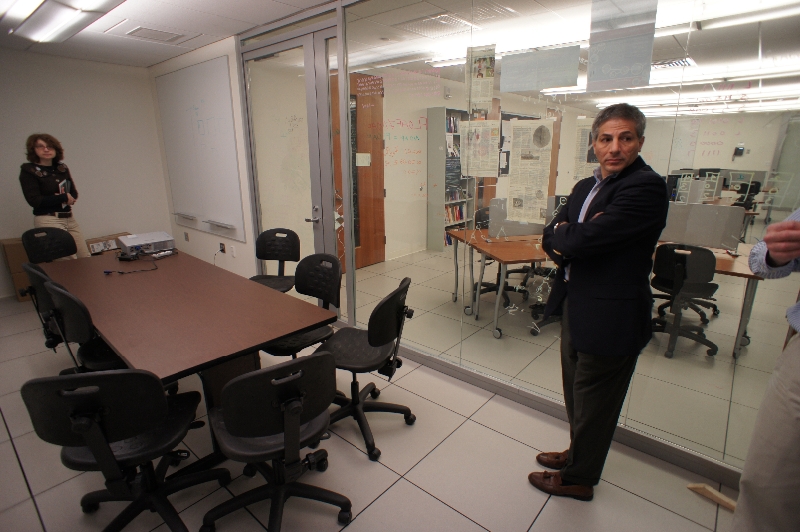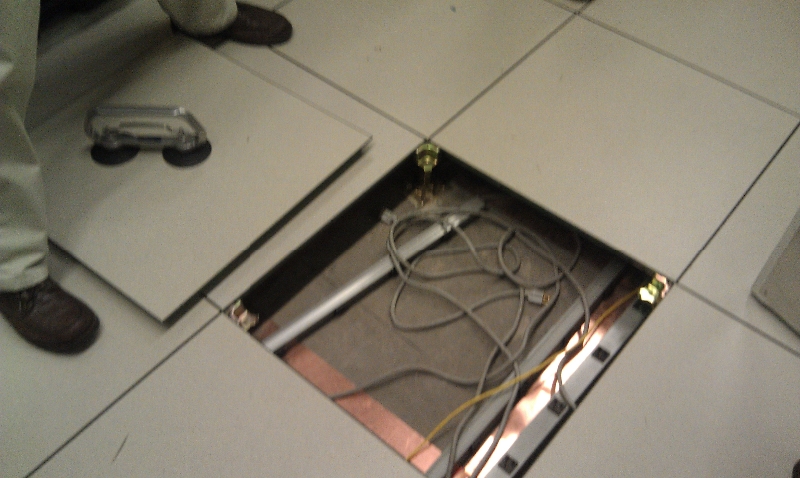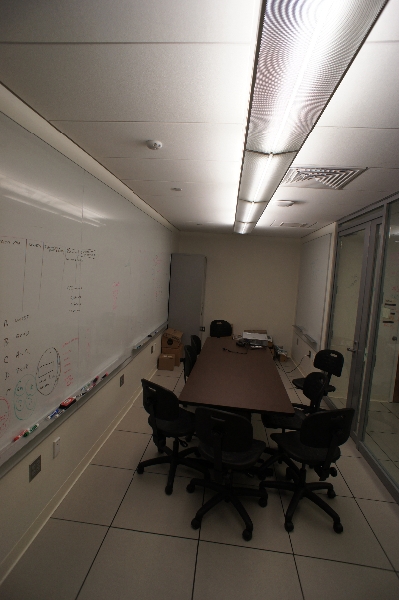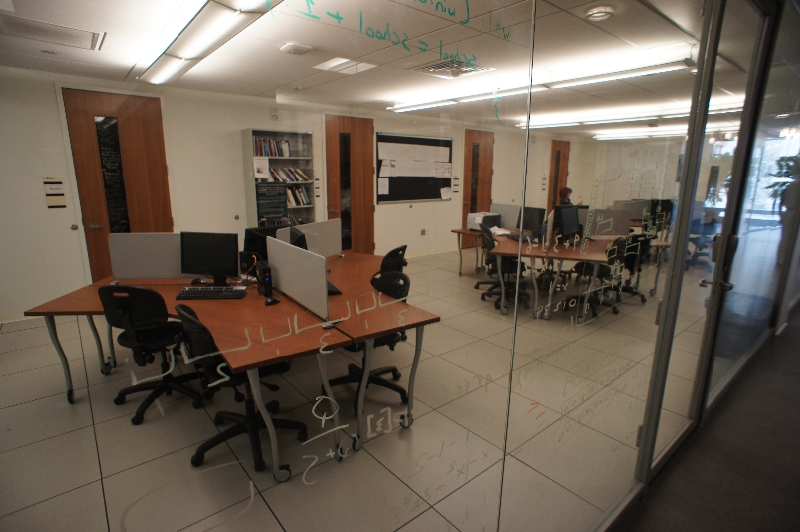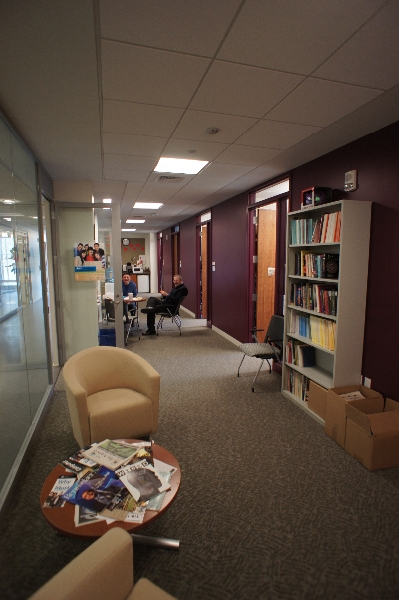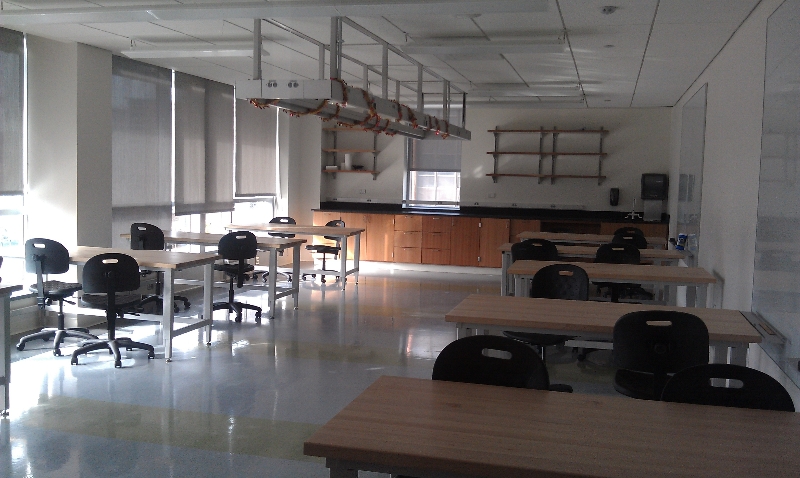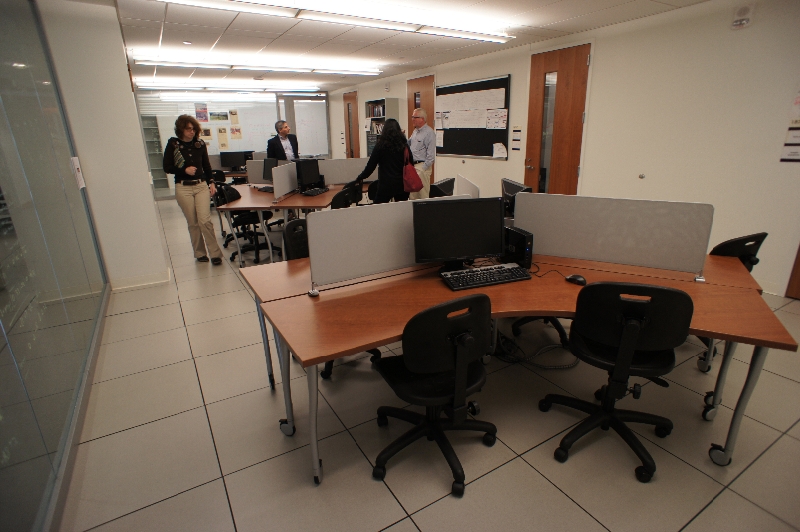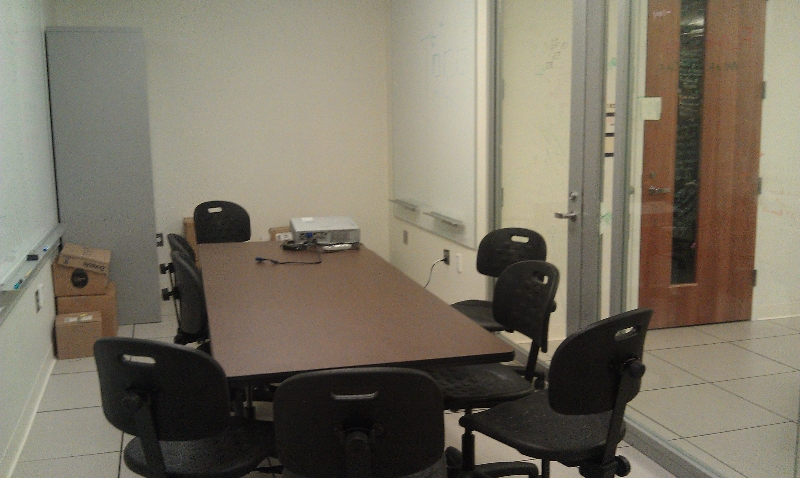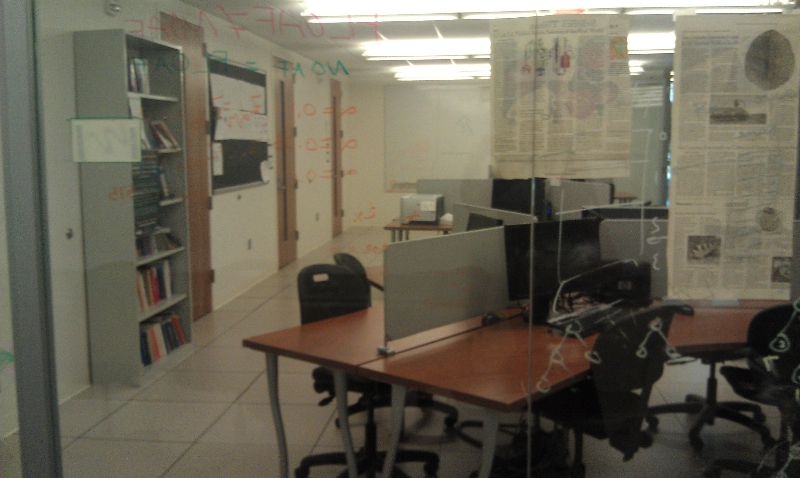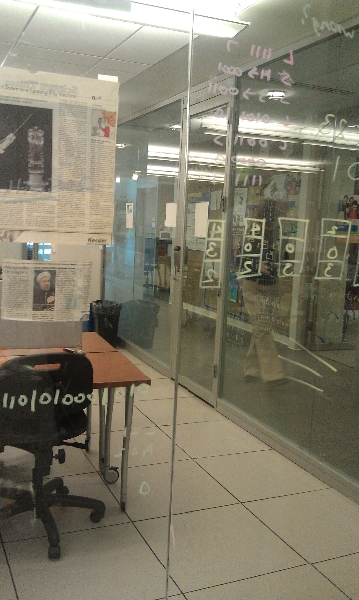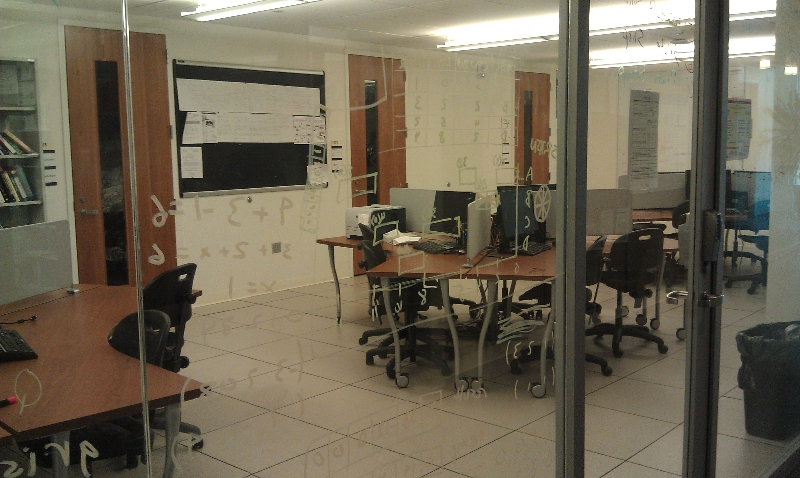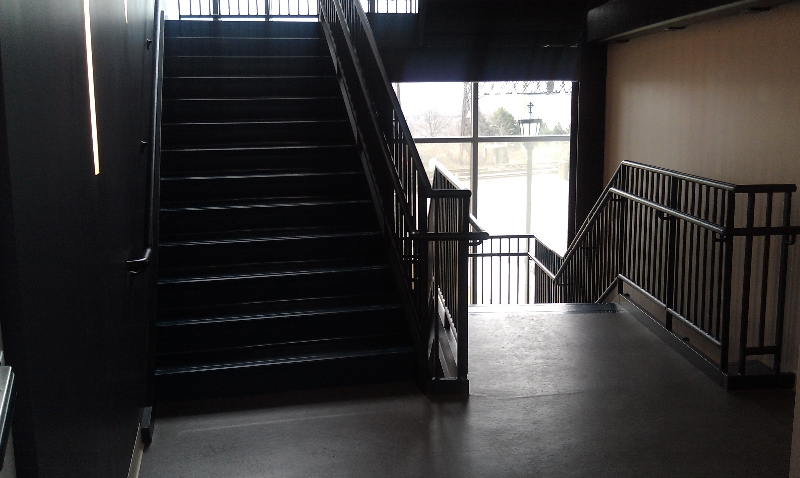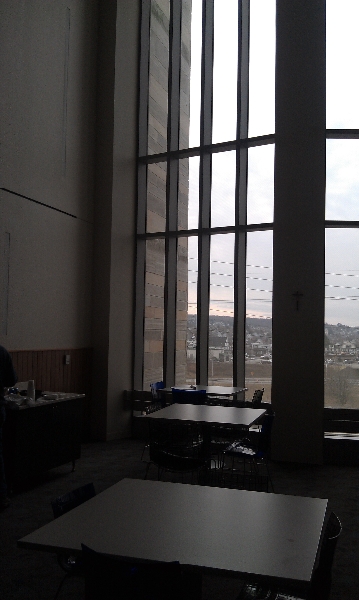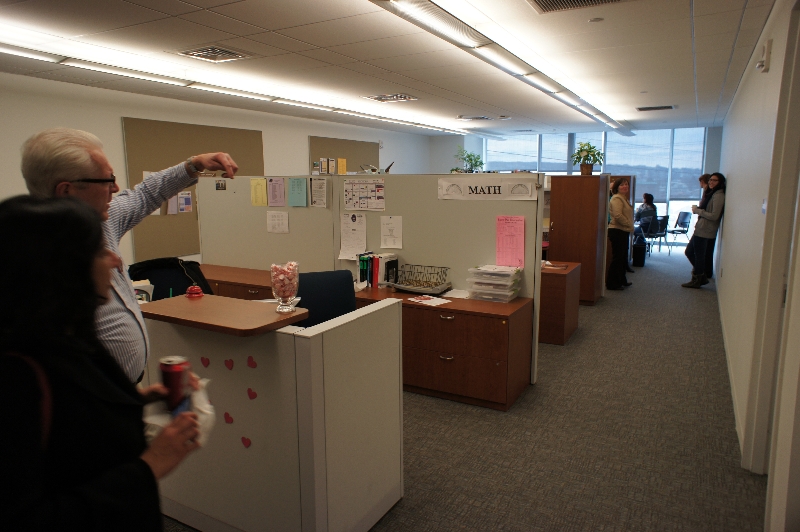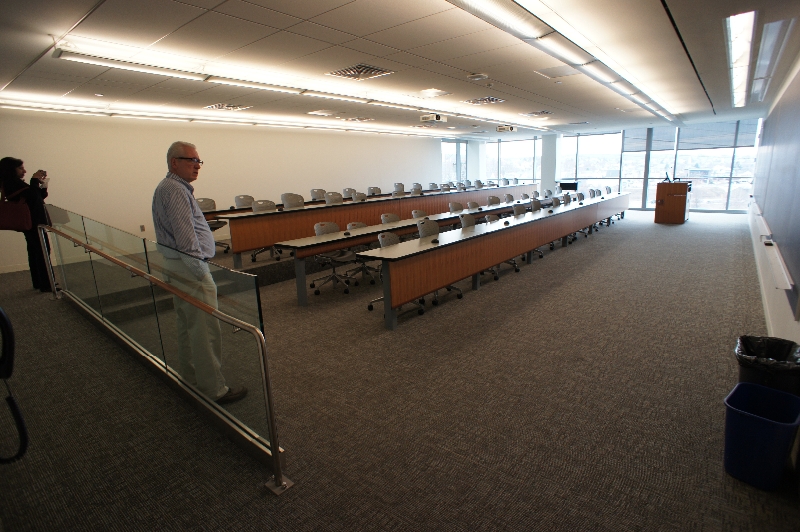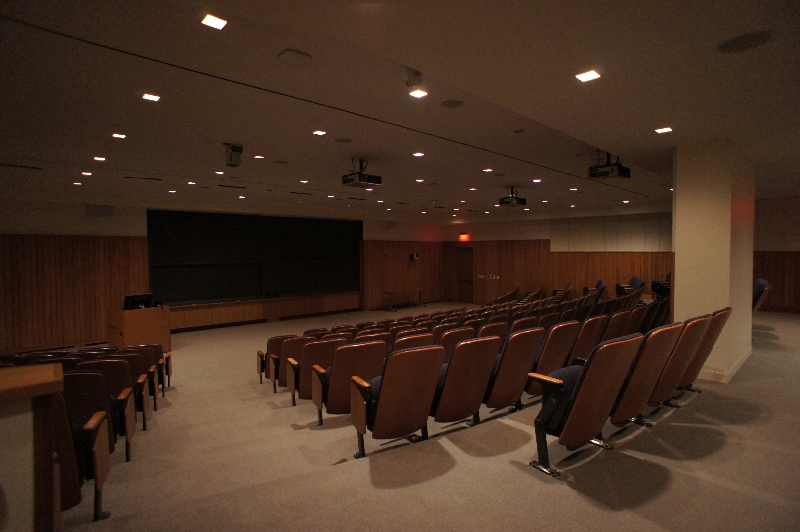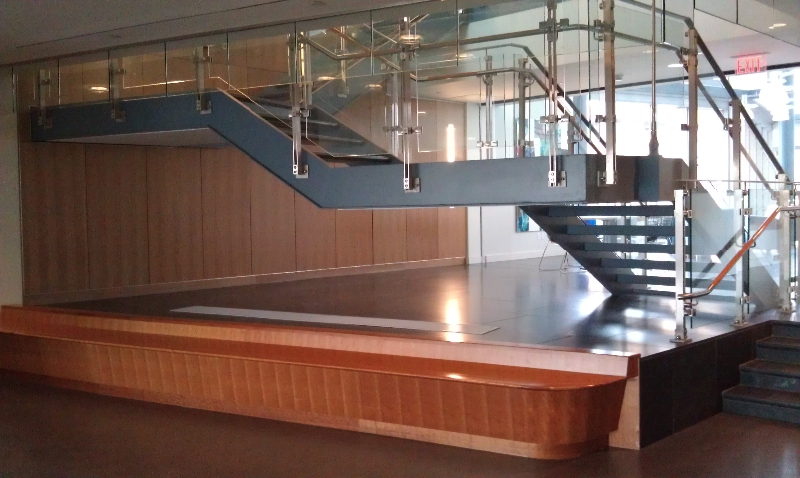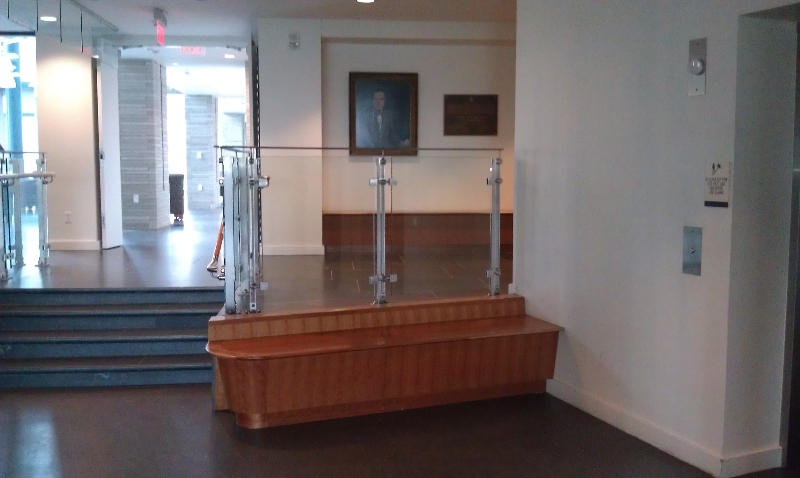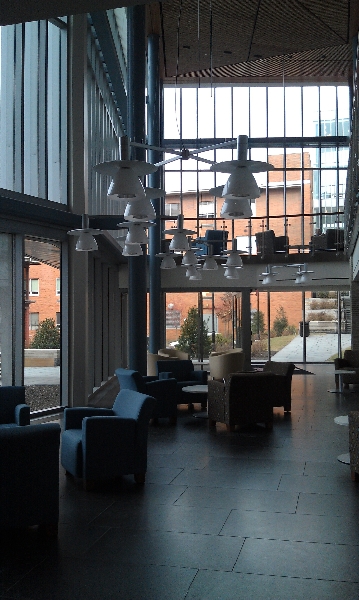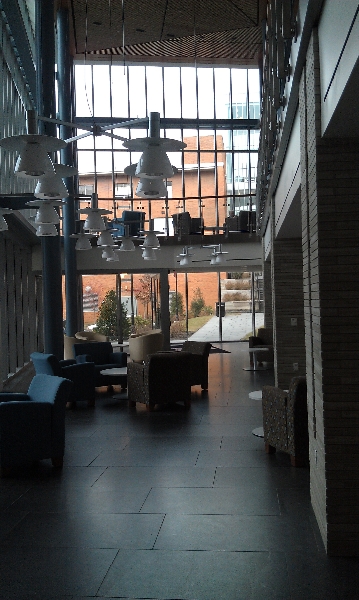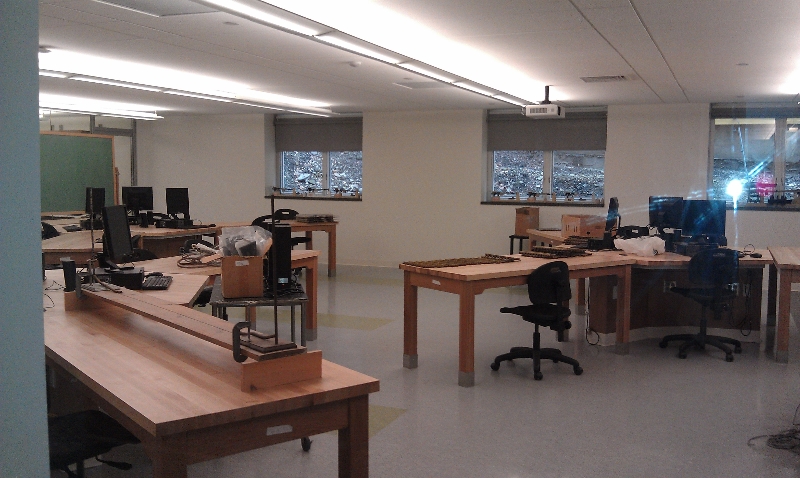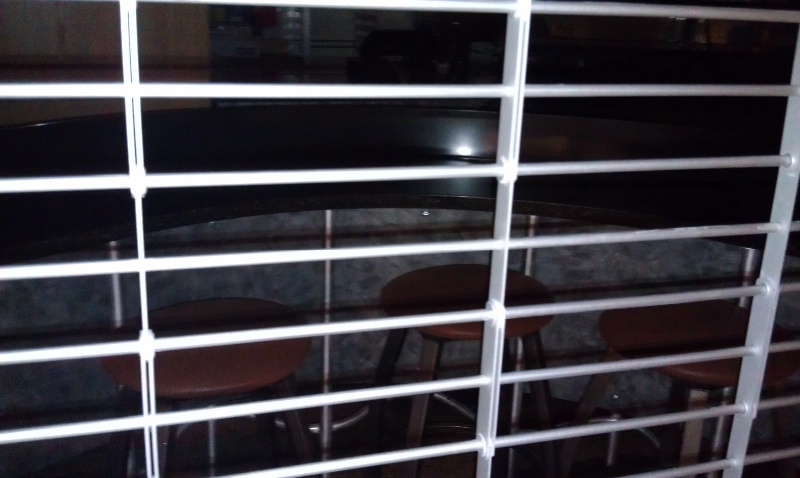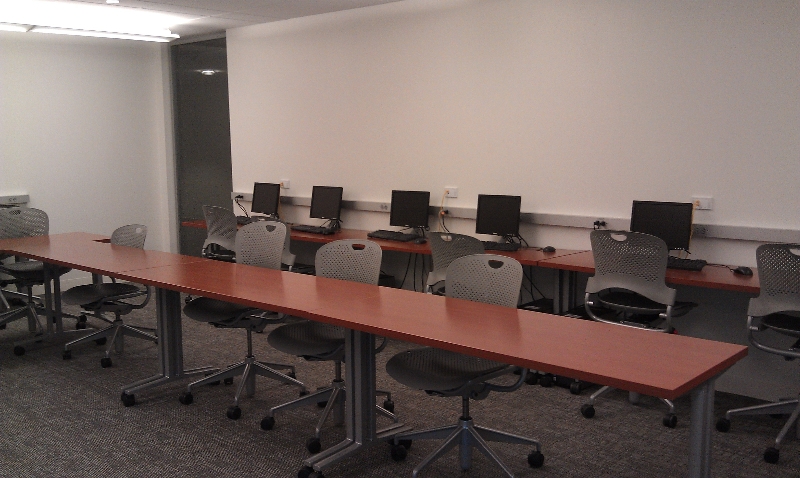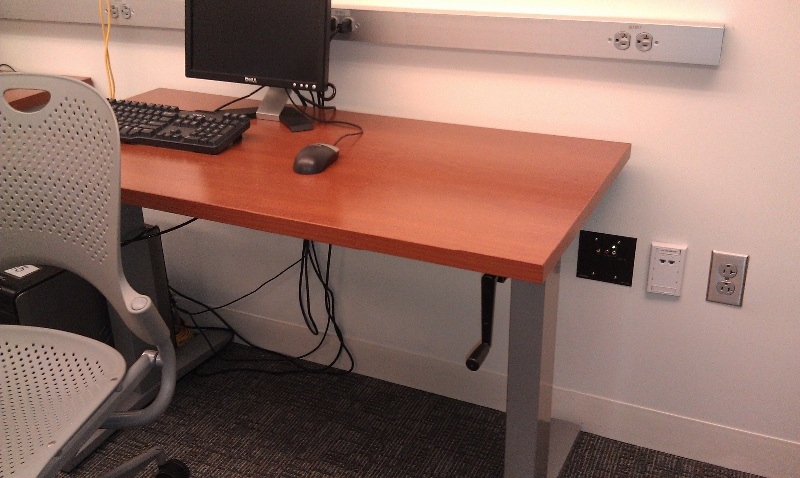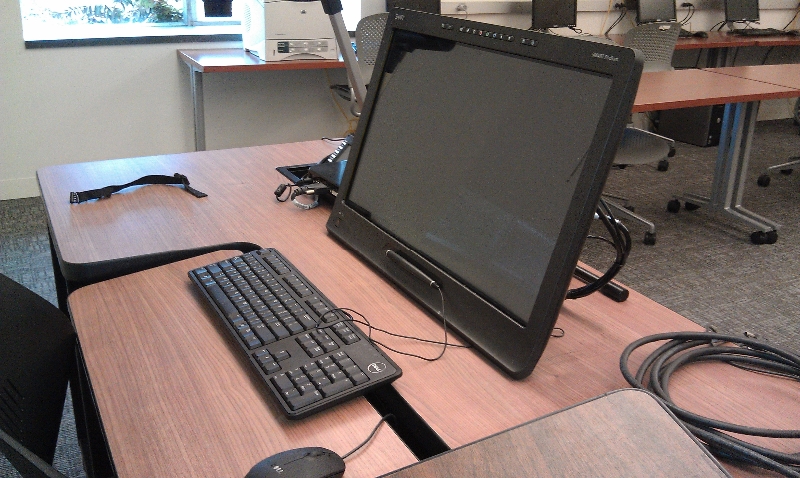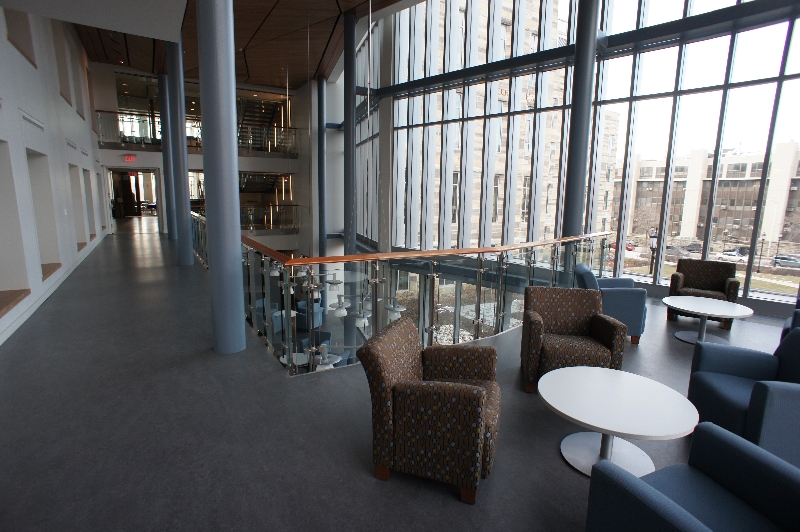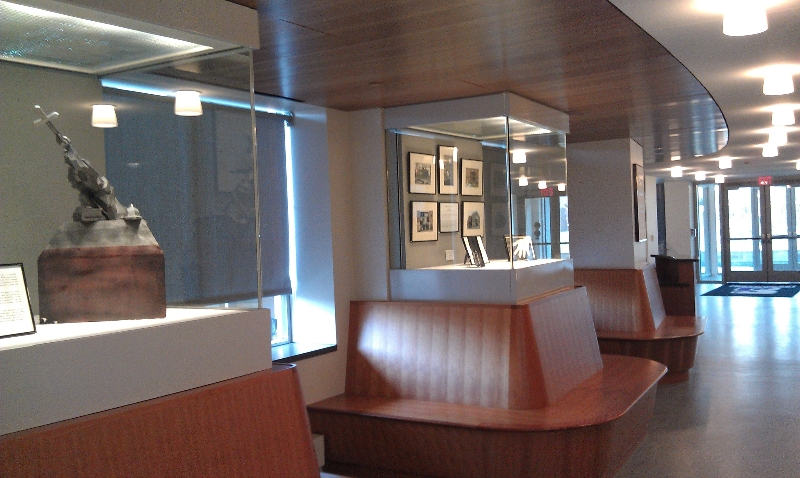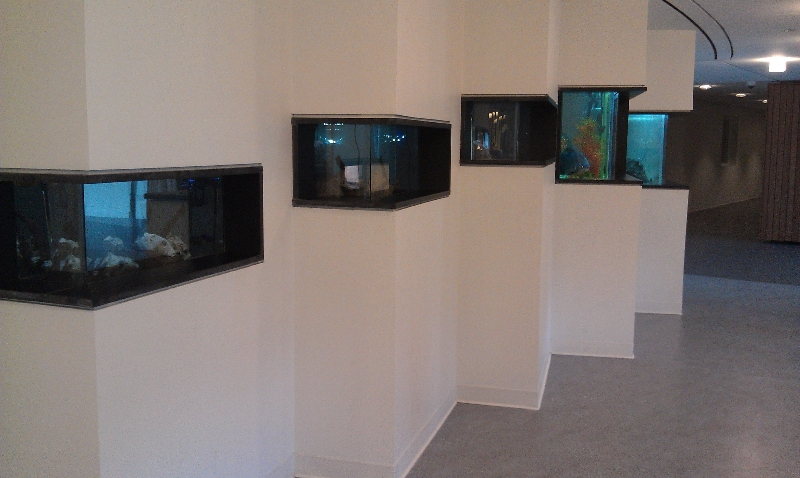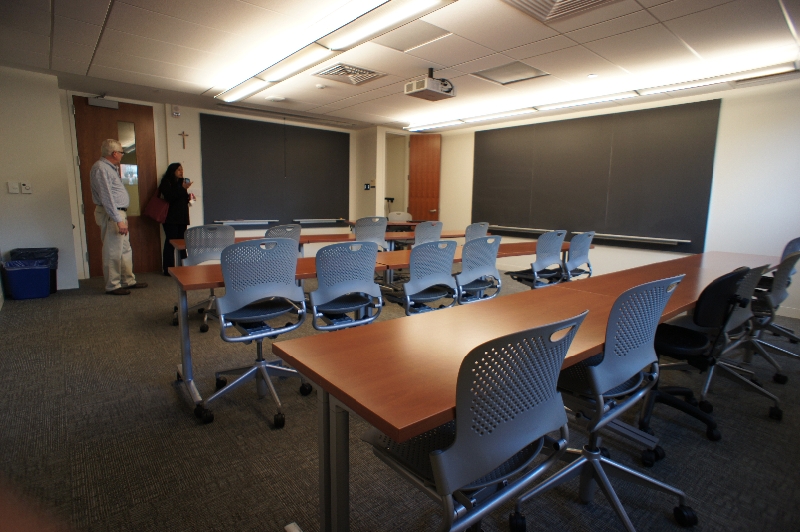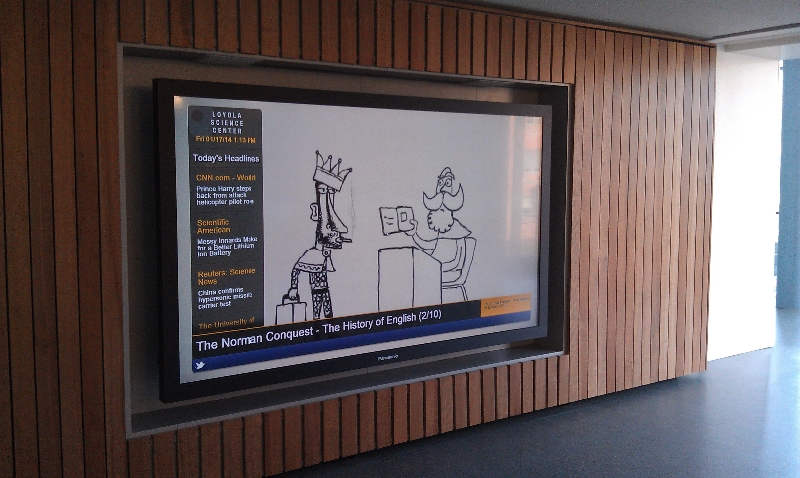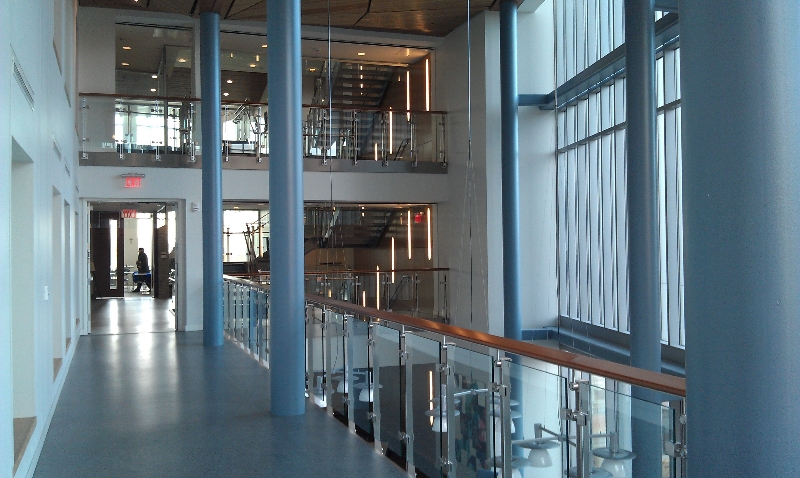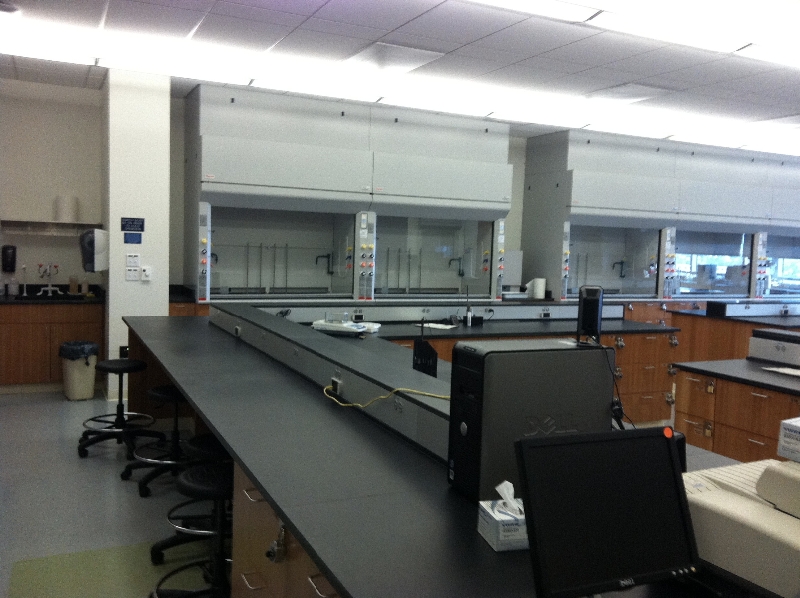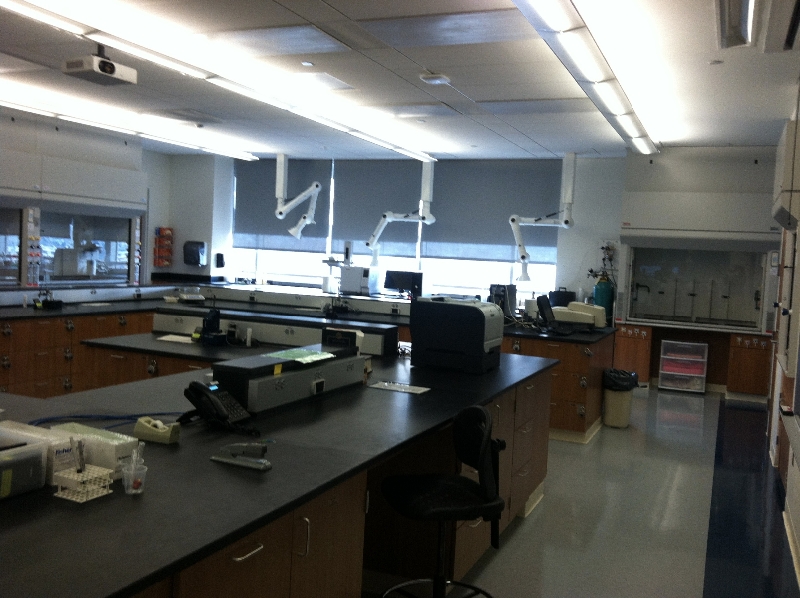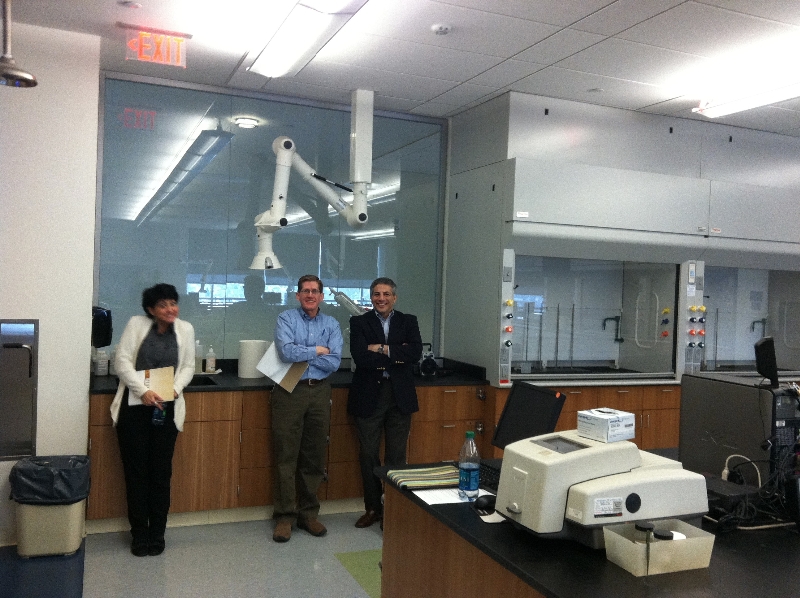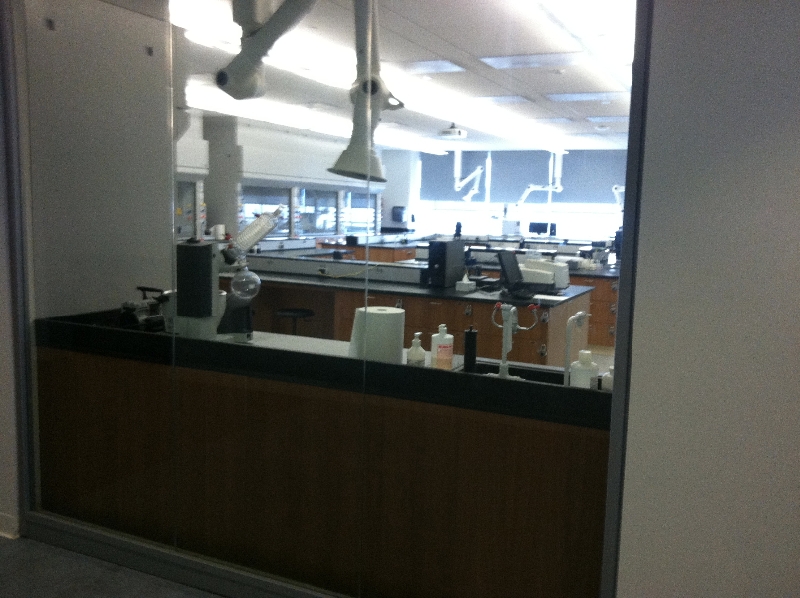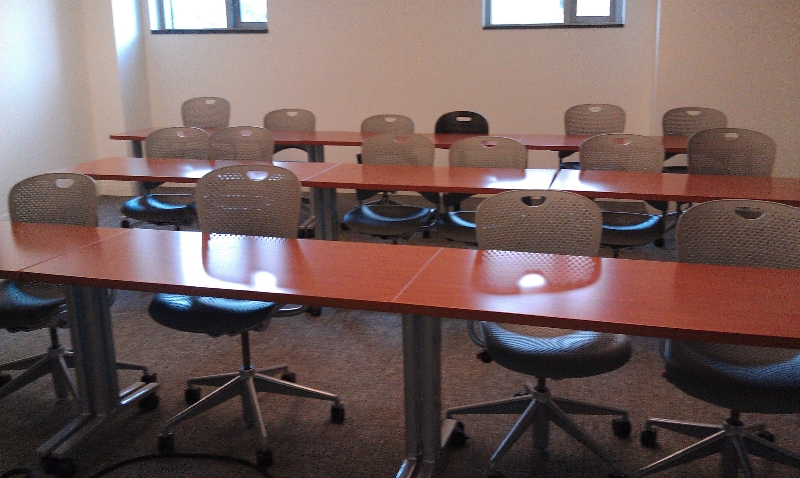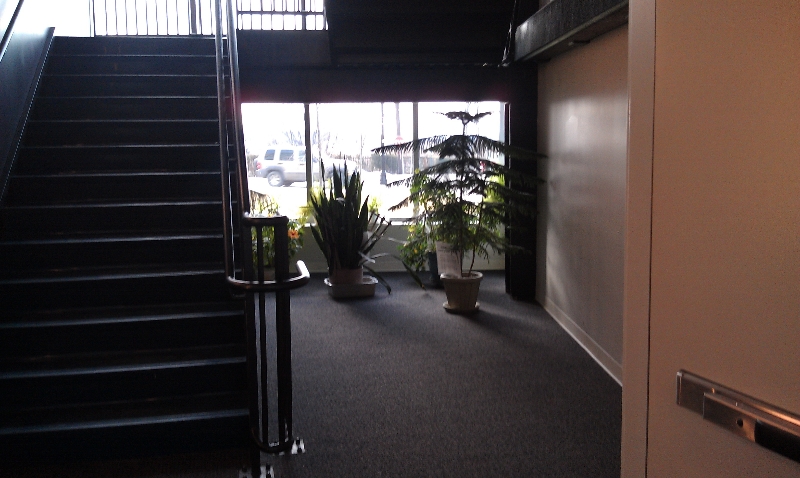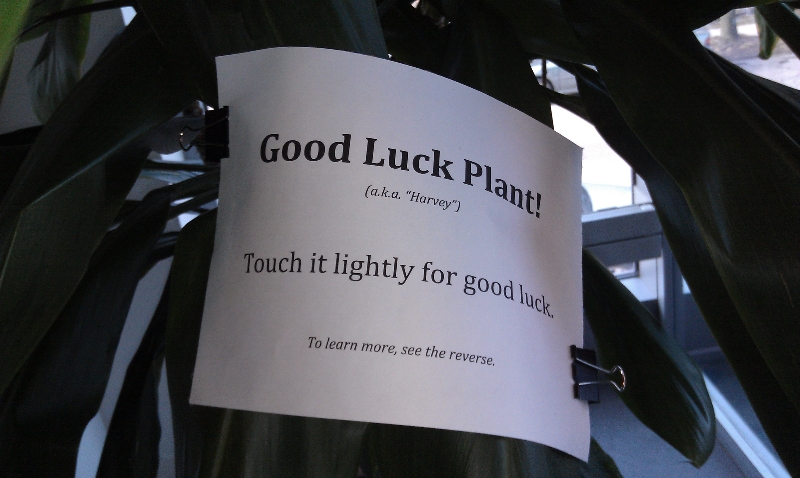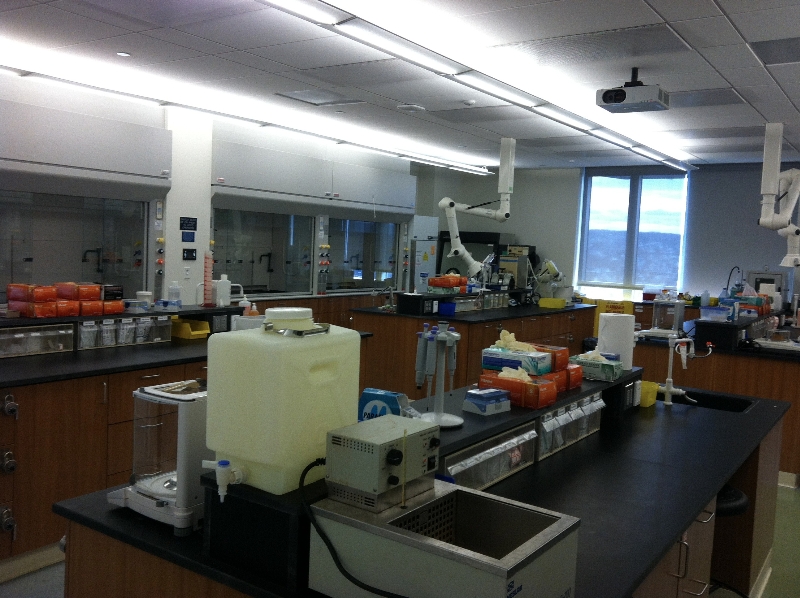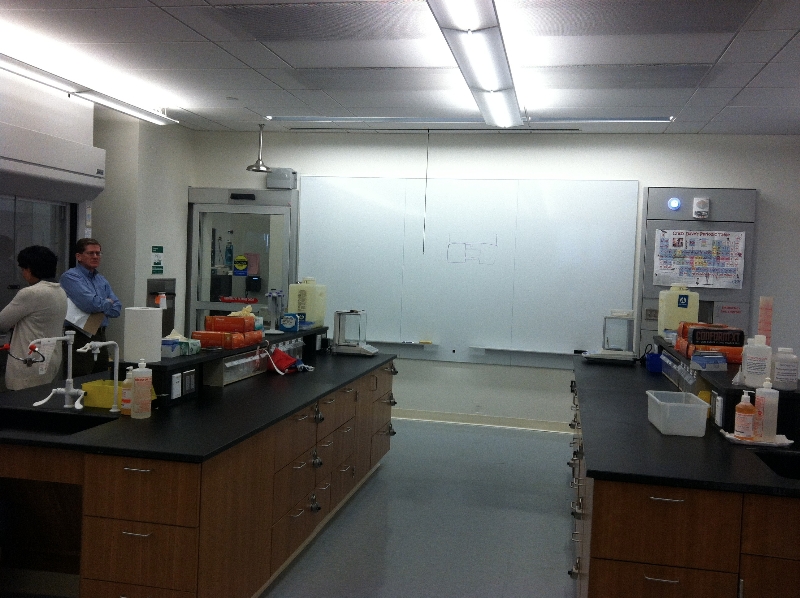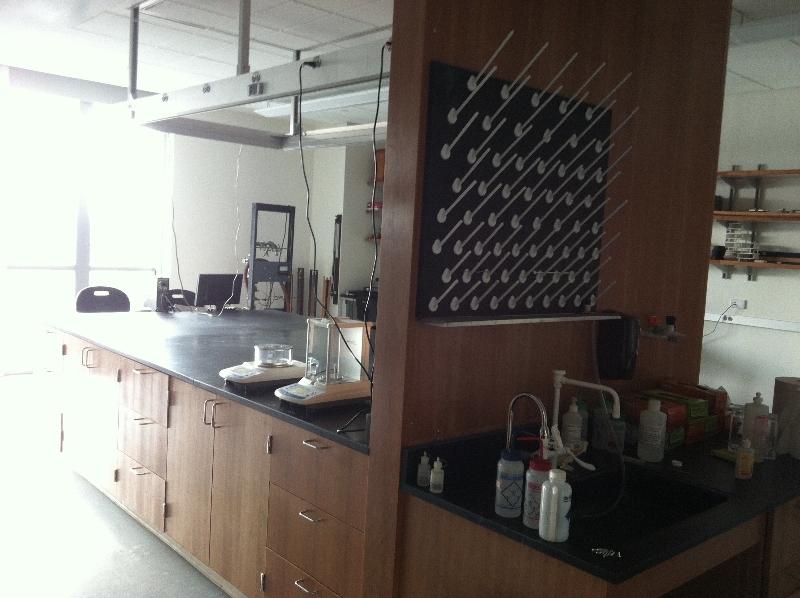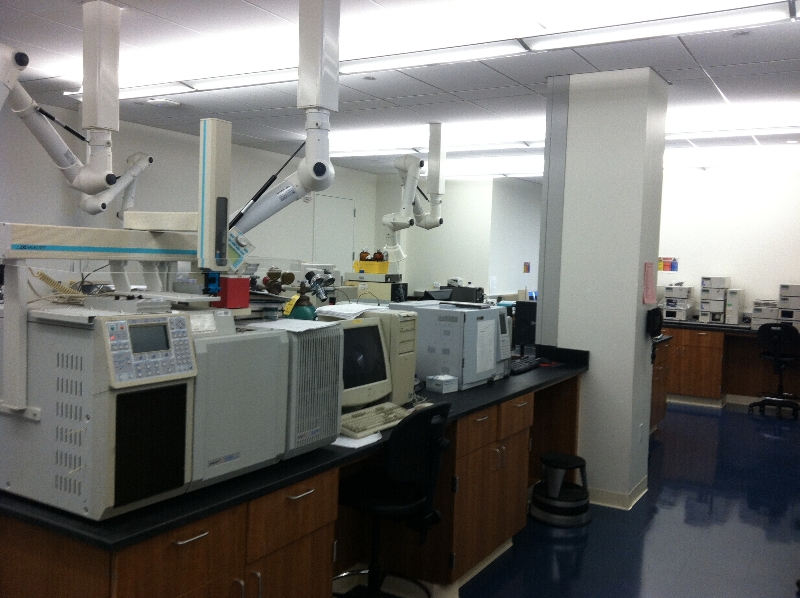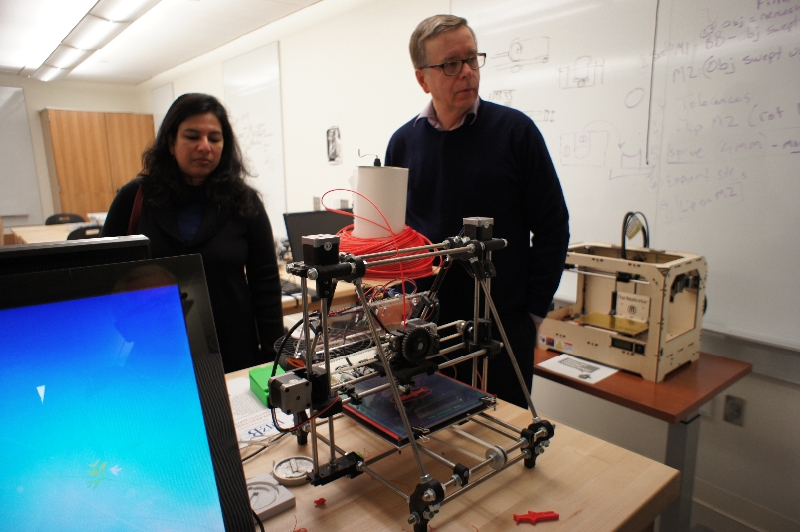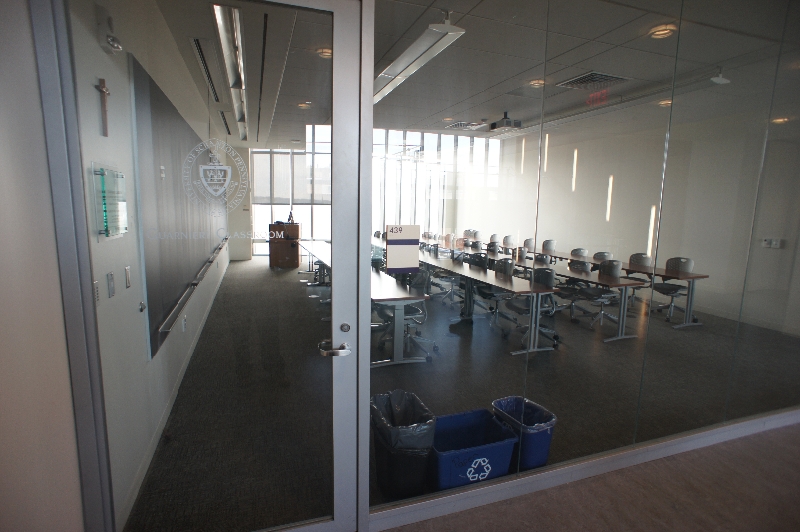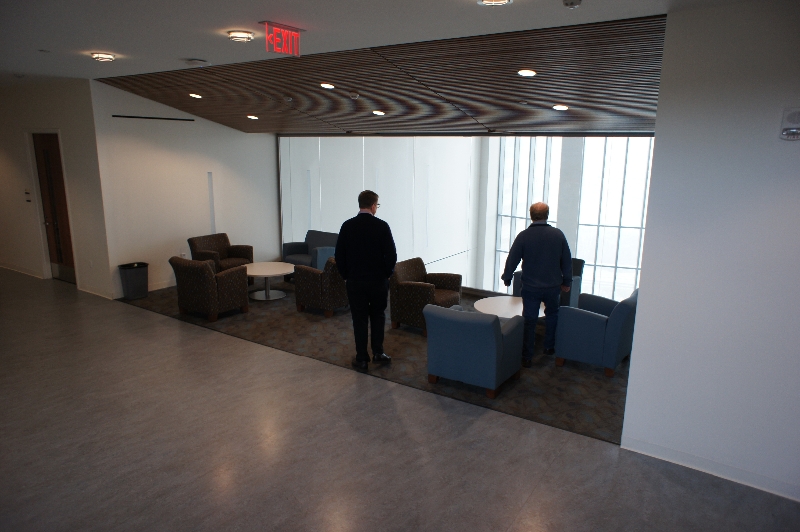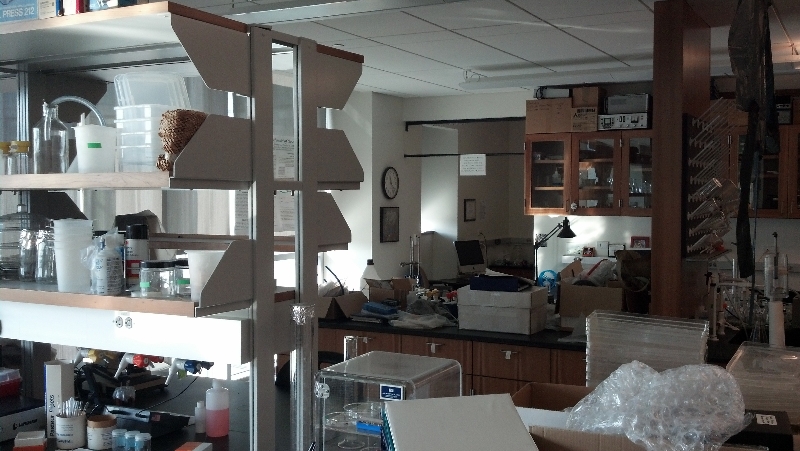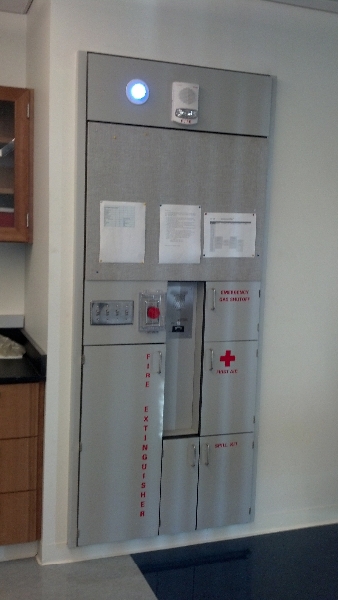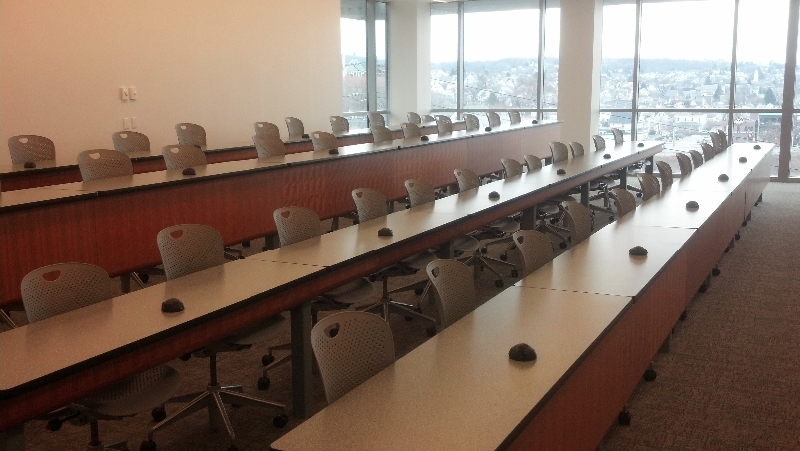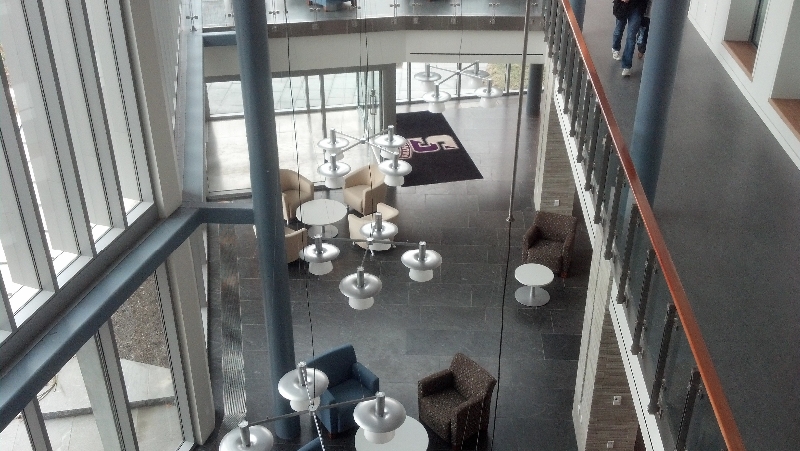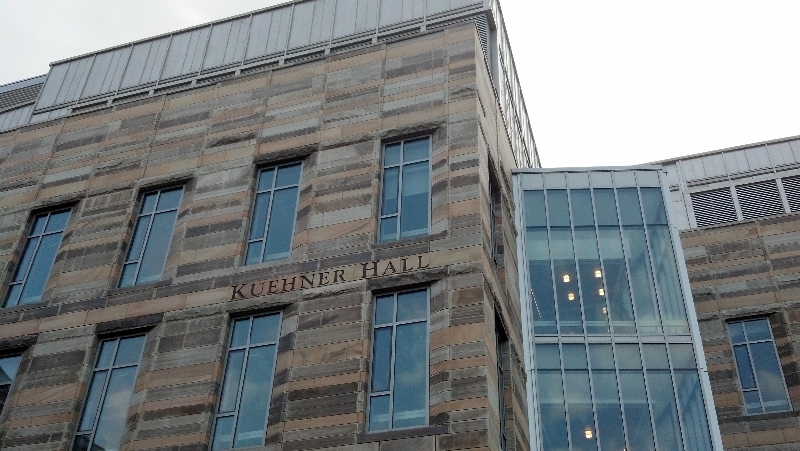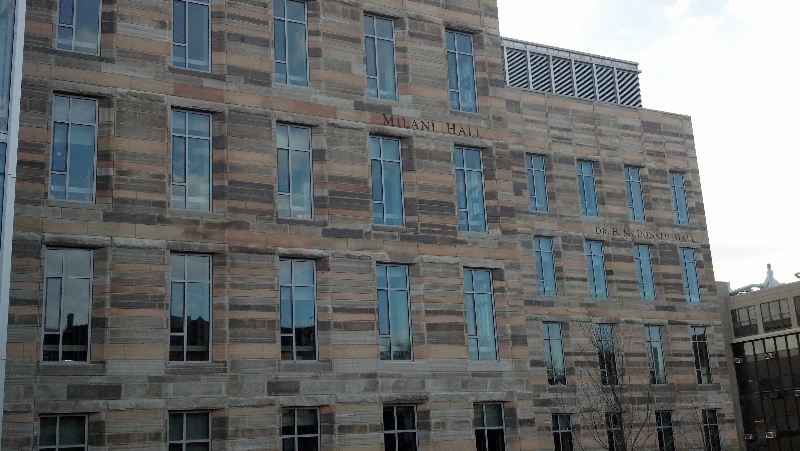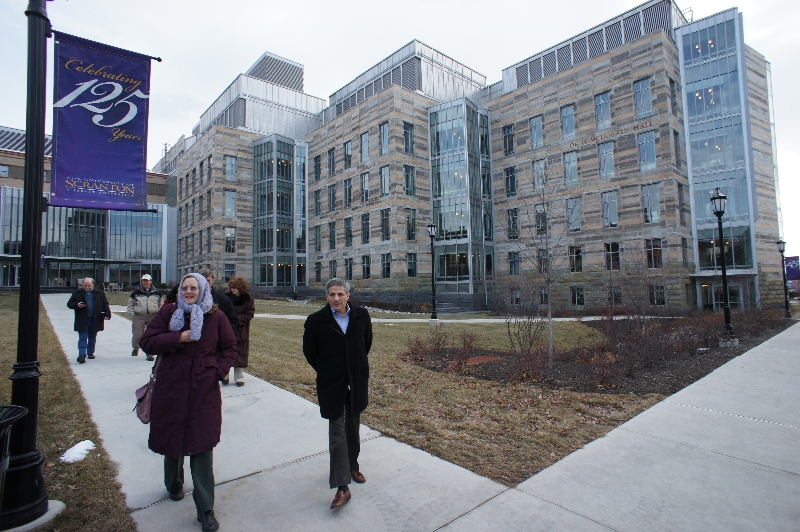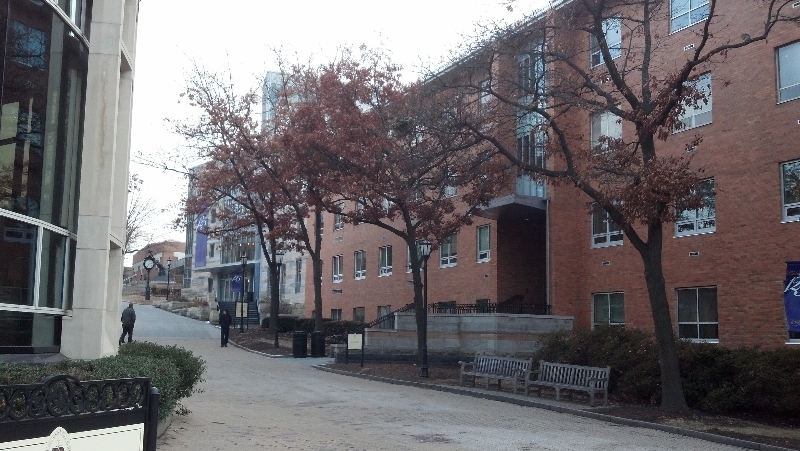Reflections on ITiCSE Conference 2013
By Francisco Estevez and Shahzore Qureshi
Supervisor: Professor S. Monisha Pulimood
This summer, a poster on CABECT (Collaborating Across Boundaries to Engage Undergraduates in Computational Thinking) was accepted at the 2013 ITiCSE Conference, which was held from July 1st to July 3rd at the University of Kent in Canterbury, England. The goal of CABECT is to create an engaging learning environment in which Computer Science and non-Computer Science majors can collaborate on interdisciplinary projects and apply the concepts of computational thinking to these projects from different perspectives.
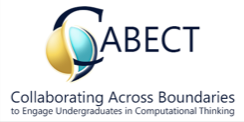
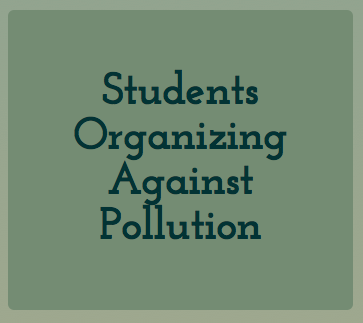
The first interdisciplinary project that CABECT has started is called SOAP (Students Organizing Against Pollution), which is an initiative aimed at empowering the citizens of the state of New Jersey with an online system that encourages learning, sharing, and contributing information pertaining to pollution. Such information includes existing pollution sites, hazardous chemicals that have yet to be cleaned up, and legislation that may promote or hinder pollution. The participants of this project are TCNJ undergraduate journalism and computer science students. The Journalism team is in charge of populating the SOAP system with thousands of data entries that are not only accurate, but also, interconnected in a way that can be replicated and represented by computers. The Computer Science team is responsible for developing an online database that can hold such data and its interconnections as well as designing an intuitive user interface that is both aesthetically pleasing and fully accessible. So far, the project has been successful in allowing students and other users to learn and share information about pollution in their area or any designated area in New Jersey.
We are both Computer Science students who worked with Professor Pulimood for about a year on SOAP. Our main objective was to take previous database work done by our predecessors and incorporate that work into a web platform that is fully accessible to the public and that meets the needs of our fellow Journalism students. Some of our accomplishments include online backend database management, web system framework implementation, modern user interface design, and social media incorporation. A versatile, cross-platform mobile version of the web system was also successfully developed for smart phones and tablets of all brands and sizes. Part of the learning experience of the project was purposefully researching and eventually integrating SOAP with the latest and most advanced web technologies the (mostly) open-source developer community could offer: this included Amazon’s cloud services, HTML5, Twitter Bootstrap, the CakePHP framework, and a few other important bits. We are proud of our work, and we are truly grateful to Professor Pulimood for letting us participate in SOAP, and on a larger scale, CABECT as well as presenting SOAP and CABECT to an international audience in England.
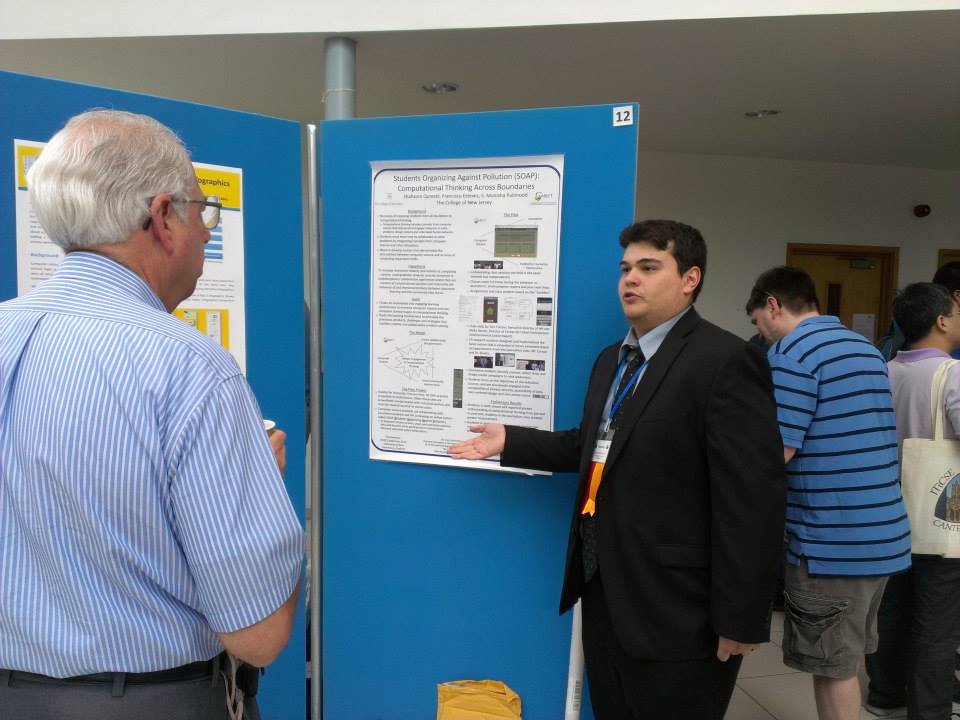
Attending the ITiSCE conference in the United Kingdom was a very insightful and educational experience. The conference itself was targeted at teachers, not students, so it gave us a fun look at the other side of Computer Science education. Each day of the conference (there were three in total) saw a different keynote speaker, who touched on a different theme within the overarching topic of Computer Science education. The first keynote speaker, Professor Simon Peyton Jones, mainly discussed primary education (pre-university), and the need for Computer Science to become as much of a staple within the education curriculum as other disciplines, like physics or math. During his presentation, Dr. Jones also discussed the need for computational thinking to reach beyond the borders of a Computer Science classroom and extend into every discipline being taught to children, which really goes hand in hand with the “computational thinking across boundaries” idea that spawned the CABECT project we were there to present. It was very encouraging to see that one of the most important presenters of the conference shared our project’s goal for Computer Science education!

The remainder of the conference was filled with paper presentations, coffee breaks, poster presentations, and more coffee breaks. We attended a variety of presentations, with topics ranging from voice-activated school administration software via phone-line (like if you could call a phone number and navigate through PAWS or SOCS with voice commands) to online student cheating resources (we promise we didn’t take any notes on that one!). These presentations were usually around half an hour, and were very informative and thorough; some of the professors who authored these papers had been working on the same project for decades at a time.

